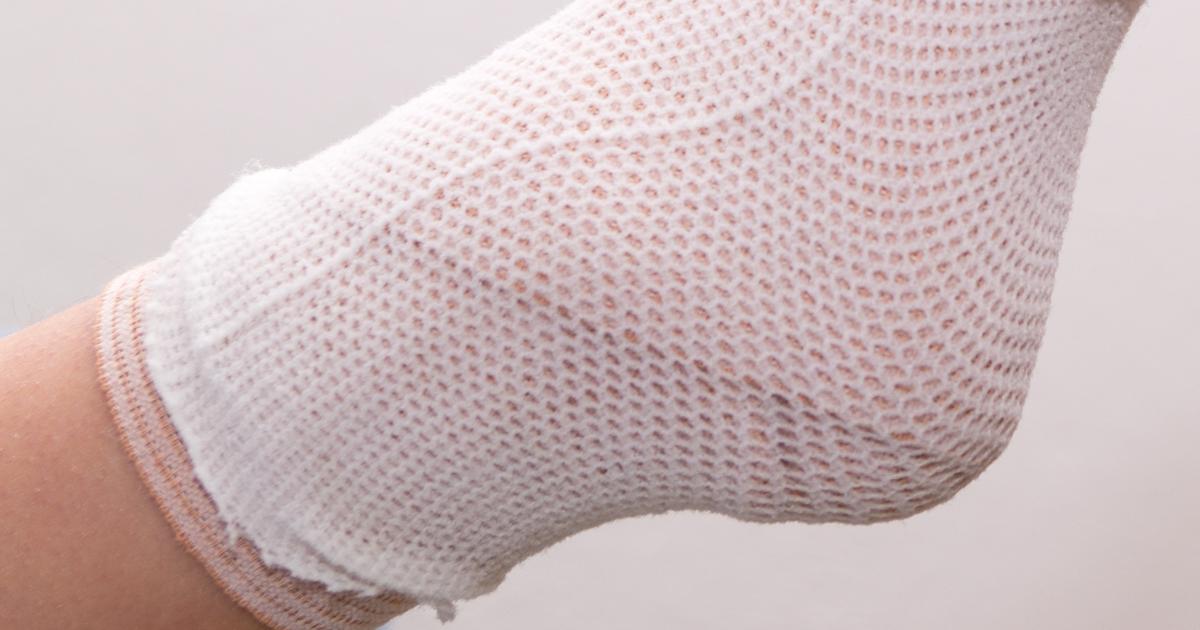How To Treat And Prevent A Sprained Ankle
Compression And Elevation

Compression and elevation are the next steps in the typical at-home care method. Many patients only need to rest their injury and apply ice if their sprained ankle is mild. However, if their pain is moderate to severe, or it persists for longer than a day, compression and elevation are excellent tools. Compression is an excellent way to reduce swelling in the ankle. In many cases, patients with a sprained ankle can use a special bandage to wrap their ankle. There are also compression stockings to help with swelling in the legs, some of which are long enough to assist with ankle swelling.
Individuals should make sure they do not wrap any bandages too tightly, as this can hinder circulation. They should start the wrap at the furthest point from their heart. Elevation also reduces swelling. When sleeping at night, individuals should place their injured ankle on a pillow to elevate it above their heart. This encourages good circulation and fluid drainage.
Read more about treating a sprained ankle now.
